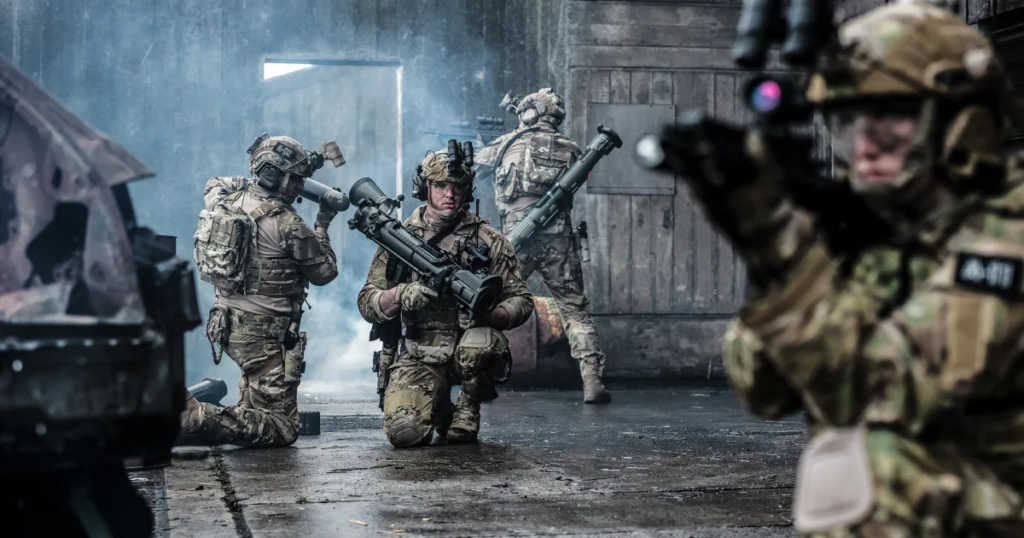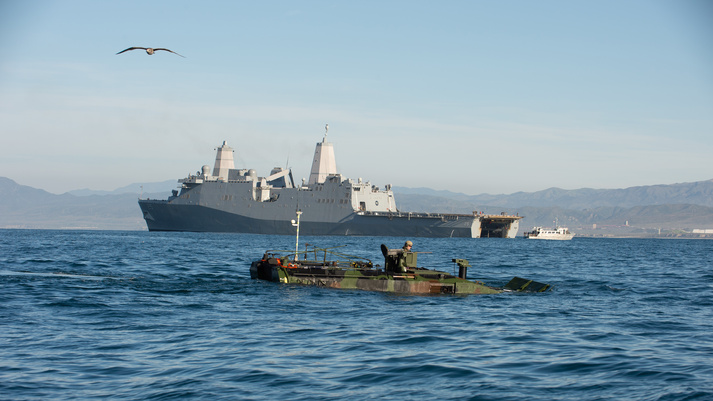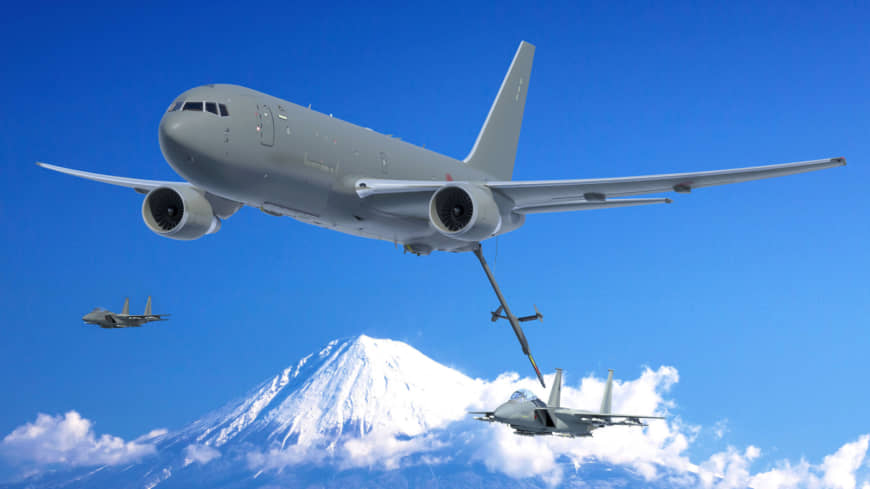Saab receives Carl-Gustaf order from Japan
SAAB AB (Stockholm: SAABb) has received an order from the Japan Self-Defense Forces, JGSDF, for the supply of the man-portable, multi-role weapon system Carl-Gustaf®. The order includes over 300 systems and deliveries will take place…




